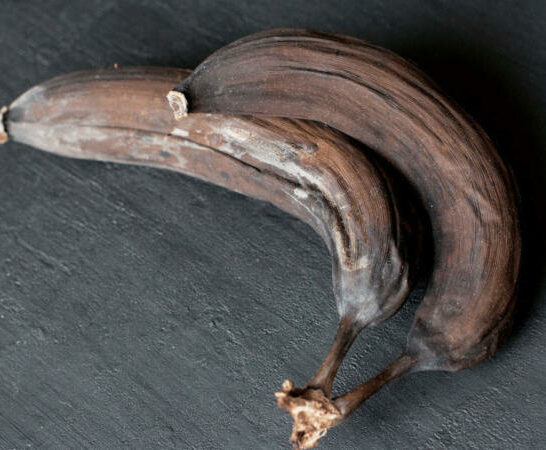How to Tell if a Banana is Bad?
While many people thoroughly enjoy eating bananas, there seems to be a debate when it comes to telling if a banana has gone bad.
For instance, you may love the sweeter flavor of a banana that has developed brown or black streaks but have a friend who insists that brown bananas are rotten.
Bananas are safe to eat at most stages of ripeness, but naturally, you wouldn’t want to risk your health by consuming a spoiled banana.
So, how do you tell if a banana has gone bad? How overripe does a banana have to be for it to no longer be safe for consumption?
How to tell if a banana has gone bad
To tell if a banana has gone bad look for mold and mushiness. If a banana has started to develop mold, then it has definitely gone bad. Spoiled bananas will also begin to emit liquid underneath them and the fruit will become brown with a mushy texture. These bananas should be discarded. However, it is perfectly safe to consume brown, overripe bananas or use them for cooking.
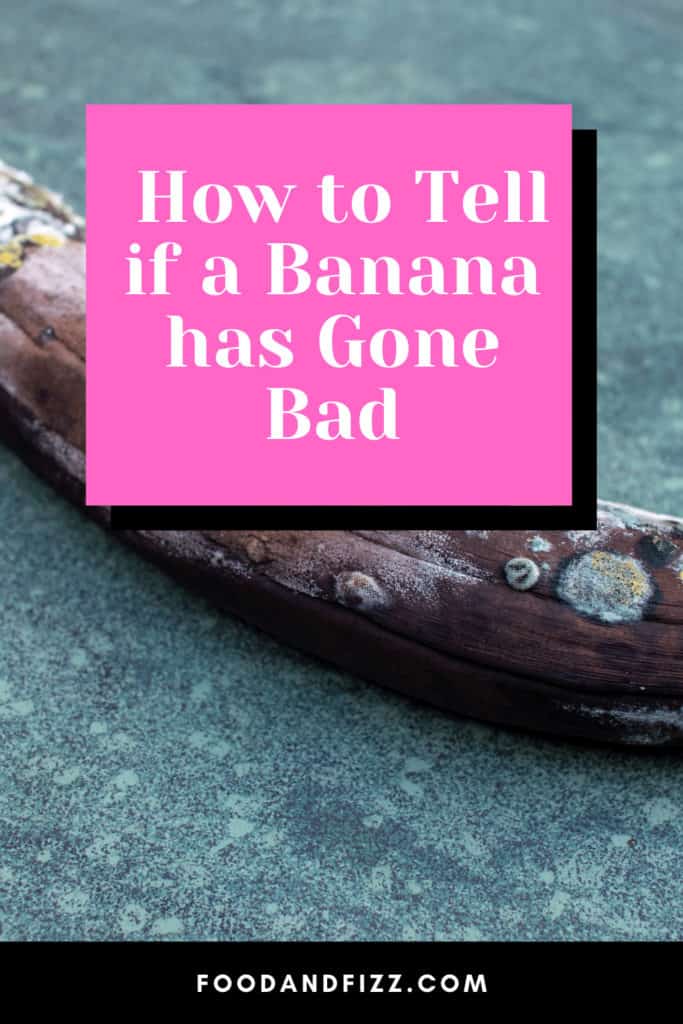
1. Spoiled bananas will grow mold and feel mushy
Since bananas don’t come with a sticker that tells you it’s best to eat it before a certain date, it can be challenging to tell whether a banana has gone bad.
Although spoiled bananas will be brown and mushy underneath the peel, this could also mean that they are overripe.
The color of the banana peel will also darken to brown or black, but this doesn’t necessarily mean that it’s no longer safe to eat.
So, how can you really tell when a banana has gone bad?
Well, the banana will begin to develop mold and start to smell like mildew.
Fruit flies may also start swarming around the bananas, and you will notice liquid accumulating underneath them.
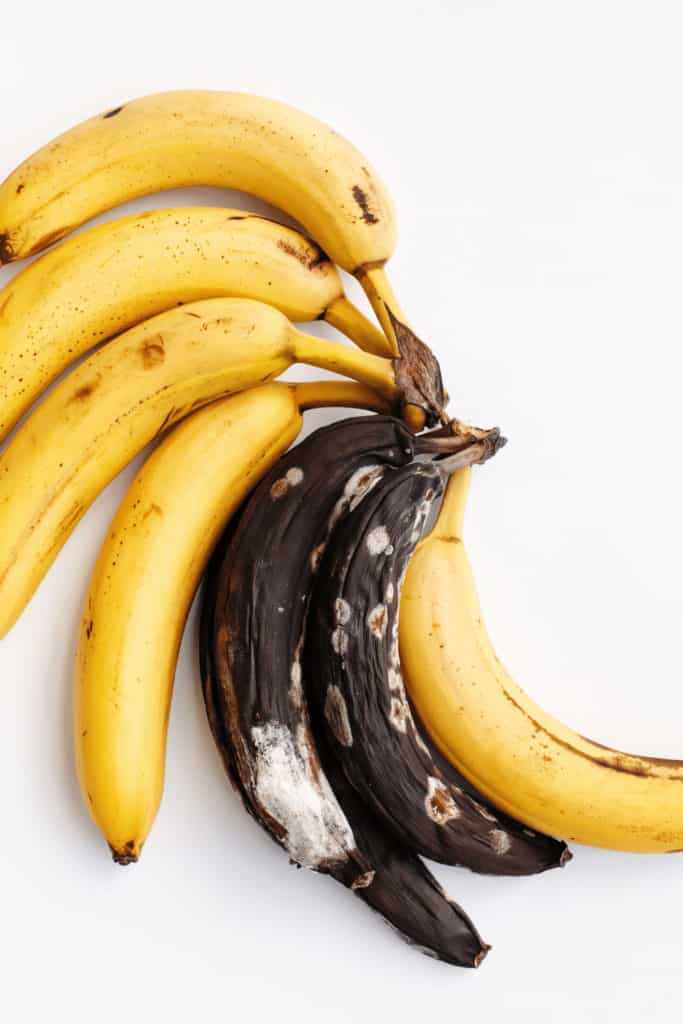
2. Brown bananas are still safe for consumption
Of course, any type of fruit will eventually go bad, but brown bananas are still safe to eat and actually taste the sweetest.
When a banana begins to turn brown, that doesn’t mean it has gone bad.
On the contrary, it means that the banana is overripe and on the verge of spoiling.
Basically, it’s a sign that you had better enjoy the banana while you can because it will soon need to be thrown in the garbage.
Although you can easily tell a spoiled banana by mold and fruit flies, you probably wouldn’t want to leave it sitting on your countertop till it reaches that point.
Once a banana turns brown, it needs to be eaten or used for baking or smoothies.
Brown bananas are softer and tastier, but they contain fewer antioxidants than ripe bananas, so you won’t receive many health benefits from eating them.
Additionally, the sugar levels increase as a banana ripens, so diabetics should never consume overripe bananas.
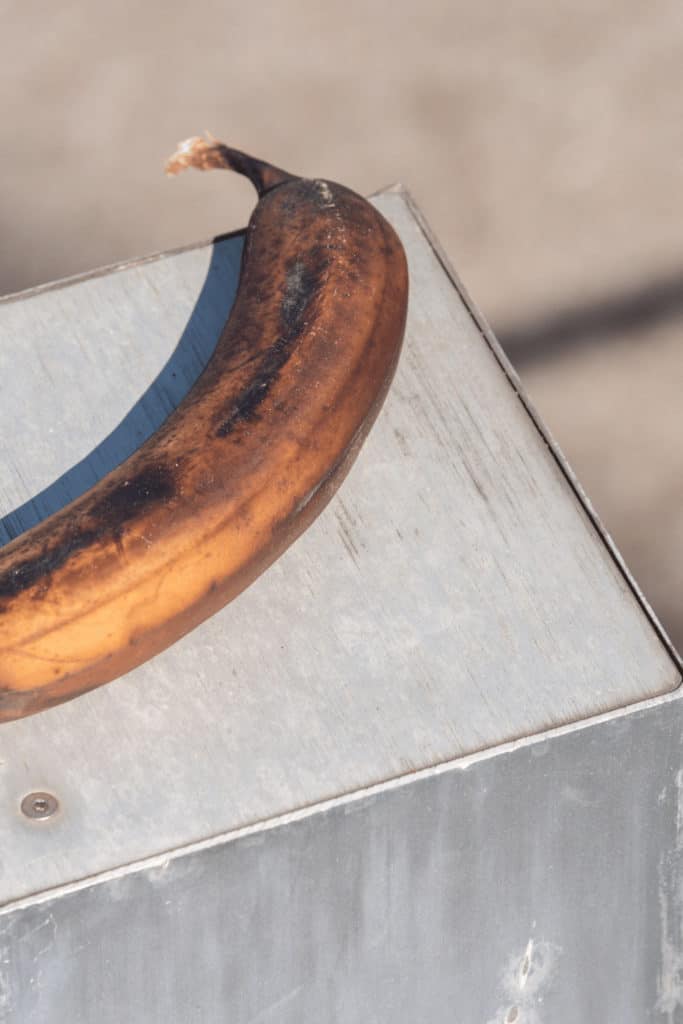
3. Why do bananas spoil quickly?
The downside of bananas is that they go bad quickly, which forces you to enjoy them while you can.
A newly purchased bundle of fresh unripe green bananas can turn brown in less than a week, even with proper storage.
Bananas spoil more quickly than many fruits because they contain high levels of the ethylene hormone.
Now, ethylene isn’t necessarily a bad thing.
Most fruits contain it, and this hormone is what turns that starchy green banana into the bright yellow, delicious fruit that many people love.
However, the ethylene levels will continuously increase throughout the ripening process. Once the levels become too high, the banana will begin to emit carbon dioxide rather than oxygen and subsequently start to spoil.
Since bananas are rich in antioxidants and potassium and are versatile enough to be used for many purposes, it’s still worth buying bananas despite their short shelf life, but you should be mindful of the ripening stages.
It’s also wise to learn about the many banana uses, so you don’t end up letting them go to waste.
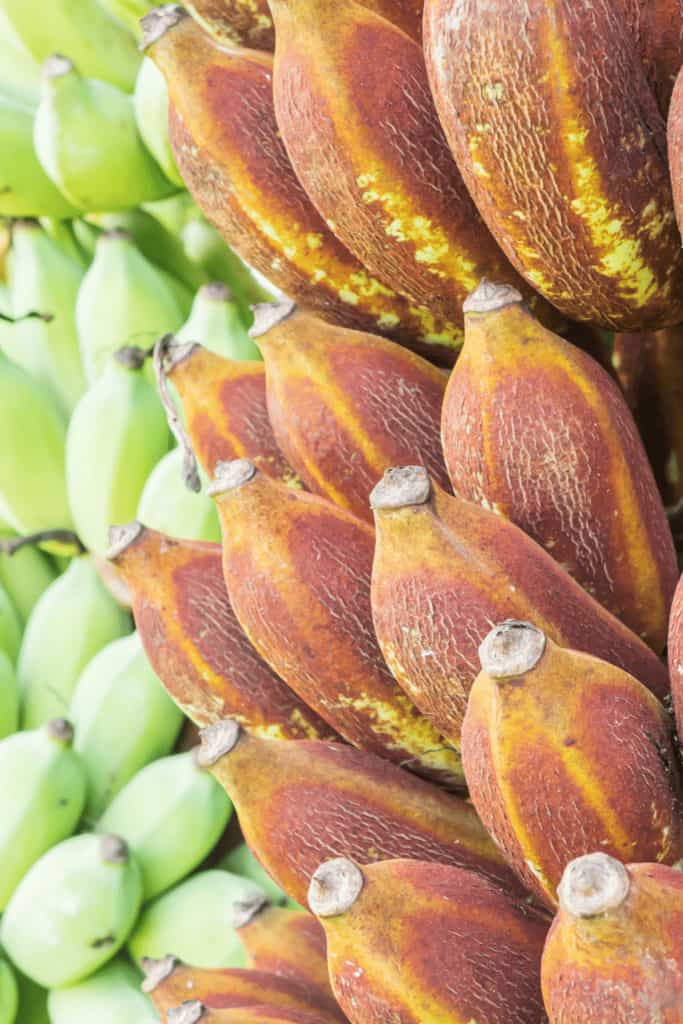
4. How to keep bananas fresh longer
While some people freeze their bananas, this technique isn’t recommended because this can result in freezer burn, which negatively impacts the flavor and texture of the bananas.
Instead, you should place your bananas in a plastic storage bag and keep them inside your refrigerator so that they will last longer.
Alternatively, storing your bananas in a grocery bag set on top of your counter will make them last up to six days, whereas storing them on top of your refrigerator will cause them to ripen fully in only three days.
If you have already sliced your banana, you should keep the peel on the unused portion or coat your sliced bananas with lemon juice or honey to preserve them longer.
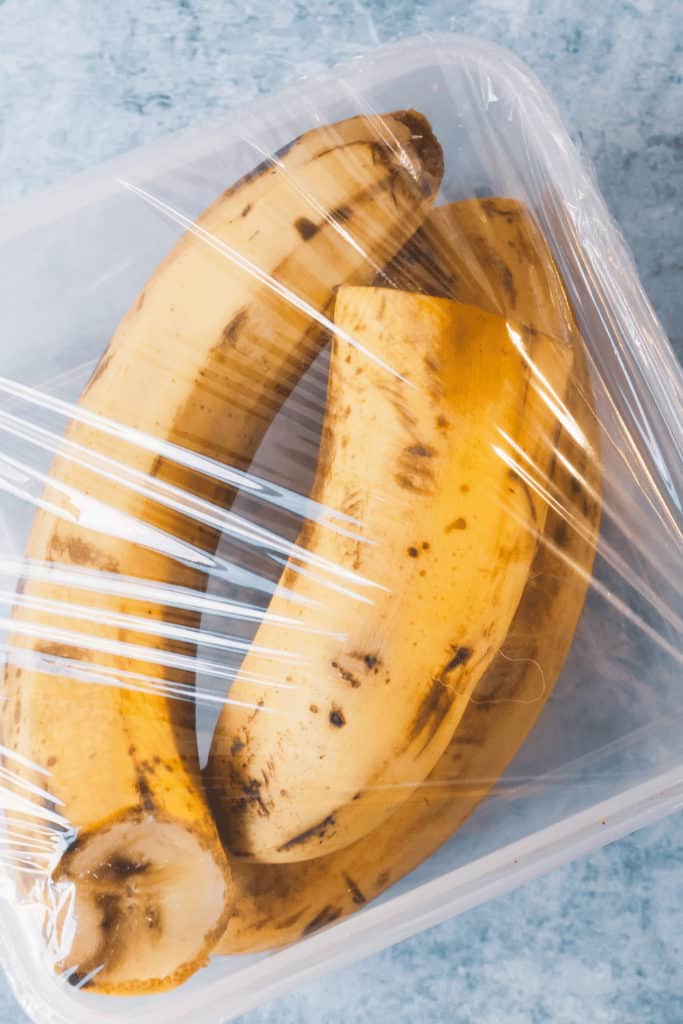
Frequently Asked Questions About How to Tell if a Banana is Bad
What happens if you eat a bad banana?
While overripe bananas are actually sweeter and perfectly safe to eat, bananas that smell like mildew or have fruit flies swarming around them should not be eaten as they could make you sick if you have a weakened immune system. Mold won’t make most people sick, though.
Can overripe bananas give you diarrhea?
Overripe bananas can worsen diarrhea, whereas green unripe bananas can make you constipated due to their high levels of resistant starches. However, perfectly ripened, bright yellow bananas aid in digestion.
What should I do if I eat a rotten banana?
If you accidentally eat a moldy banana, you will most likely be fine, but if you happen to develop fever, nausea, or shortness of breath, you should immediately seek medical attention. Some types of mold are dangerous or you could be especially sensitive.
Conclusion About How to Tell if a Banana is Bad
So, if you enjoy the sweet taste of overripe bananas, you will be perfectly fine.
Brown bananas aren’t bad yet, but they will be soon.
If your bananas are starting to become overripe, you may want to use them for baking or simply enjoy them while they can.
Bananas go bad relatively quickly, but as long as you don’t see or smell mold and they aren’t oozing a liquid substance, they should still be safe for consumption.

